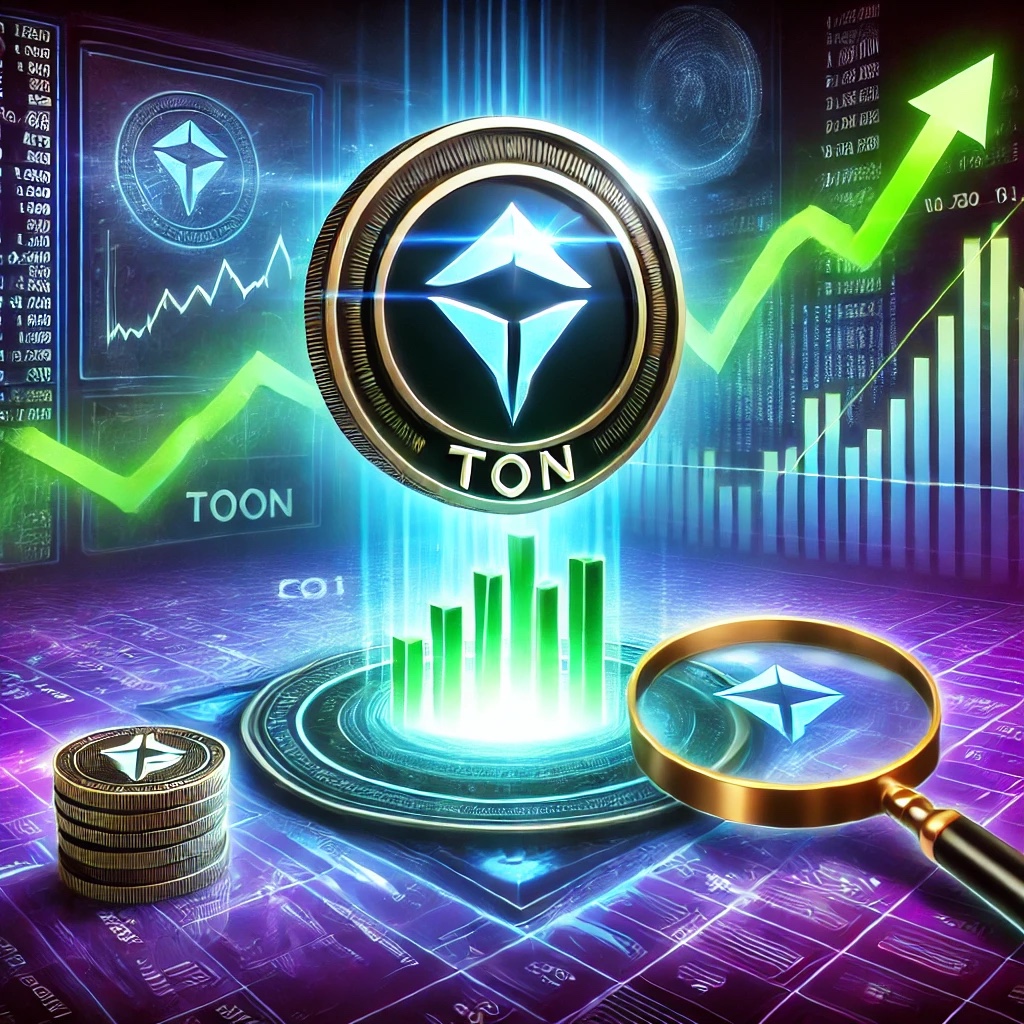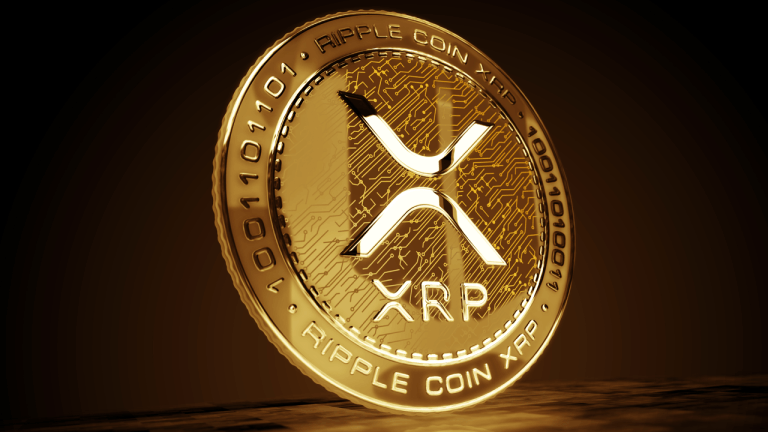It’s easier than ever to use ChatGPT Search — sign-in no longer needed
ChatGPT Search is easier than ever to use, as you no longer need to create an account or sign in to try it out.

 OpenAI
OpenAI
You no longer need to sign in to use ChatGPT Search.
“ChatGPT search is now available to everyone on chatgpt.com,” OpenAI said in a post on X announcing the change, adding, “No sign up required.”
The move makes it easier than ever to use ChatGPT Search, and increases the pressure on Google, which has dominated online search for decades. Other search-focused AI chatbots like Perplexity may also feel the impact of ChatGPT Search becoming more accessible.
OpenAI launched ChatGPT Search in October 2024, about two years after it released its regular AI-powered chatbot, which quickly garnered worldwide attention for the way it responded to online queries in a conversational way, saving users from having to trawl through endless search results to find what they’re looking for.
What’s the difference between ChatGPT and ChatGPT Search?
The regular ChatGPT chatbot is trained on a huge dataset up to a specific cutoff date and doesn’t access real-time information, whereas ChatGPT Search accesses dynamic, real-time information.
The AI chatbot is considered ideal for tasks like creative writing, brainstorming, and general knowledge inquiries that don’t require access to recent data, whereas ChatGPT Search is useful for obtaining the latest news, weather updates, stock prices, and other time-sensitive information.
Another key difference is that ChatGPT Search lists its sources, including links, so you can click through to particular pages to find out more, if you wish. This makes it very similar to one of its popular rivals, Perplexity.
How can I use ChatGPT Search?
On the web interface, you simply head to ChatGPT.com and click on the “Search” button inside the prompt box. Once you’ve selected it, you’re good to enter your prompt. As part of the response, you’ll see small boxes showing the origins of the sources. Click on one to visit the page from which ChatGPT pulled its information. Additionally, you can hit the “Sources” button at the end of the response, which brings up a column showing the sources in list form.
OpenAI is having a busy start to the year, recently launching an AI agent called Operator, which autonomously performs web-based tasks, and also Deep Research, an AI system that autonomously conducts multi-step research tasks, with both features designed to enhance user productivity.
Not so many moons ago, Trevor moved from one tea-loving island nation that drives on the left (Britain) to another (Japan)…
DeepSeek: everything you need to know about the AI that dethroned ChatGPT
A year-old startup out of China is taking the AI industry by storm after releasing a chatbot which rivals the performance of ChatGPT while using a fraction of the power, cooling, and training expense of what OpenAI, Google, and Anthropic's systems demand. Here's everything you need to know about Deepseek's V3 and R1 models and why the company could fundamentally upend America's AI ambitions.
What is DeepSeek?
DeepSeek (technically, "Hangzhou DeepSeek Artificial Intelligence Basic Technology Research Co., Ltd.") is a Chinese AI startup that was originally founded as an AI lab for its parent company, High-Flyer, in April, 2023. That May, DeepSeek was spun off into its own company (with High-Flyer remaining on as an investor) and also released its DeepSeek-V2 model. V2 offered performance on par with other leading Chinese AI firms, such as ByteDance, Tencent, and Baidu, but at a much lower operating cost.
The company followed up with the release of V3 in December 2024. V3 is a 671 billion-parameter model that reportedly took less than 2 months to train. What's more, according to a recent analysis from Jeffries, DeepSeek's “training cost of only US$5.6m (assuming $2/H800 hour rental cost). That is less than 10% of the cost of Meta’s Llama.” That's a tiny fraction of the hundreds of millions to billions of dollars that US firms like Google, Microsoft, xAI, and OpenAI have spent training their models.
OpenAI’s big, new Operator AI already has problems
OpenAI has announced its AI agent tool, called Operator, as a research preview as of Thursday, but the launch isn’t without its minor hiccups.
The artificial intelligence brand showcased features of the new tool in an online demo, explaining that Operator is a Computer Using Agent (CUA) based on the GPT-4o model, which enables multi-modal functions, such as the ability to search the web and being able to understand the reasoning of the search results.
Sam Altman confirms ChatGPT’s latest model is free for all users
Earlier this week, OpenAI CEO Sam Altman declared the company's newest reasoning model, o3, ready for public consumption after it passed its external safety testing and announced that it would soon be arriving as both an API and ChatGPT model option in the coming weeks. On Thursday, Altman took to social media to confirm that the lightweight version, o3-mini, won't just be made available to paid subscribers at the Plus, Teams, and Pro tiers, but to free tier users as well.
https://x.com/sama/status/1882478782059327666

 JaneWalter
JaneWalter 


































